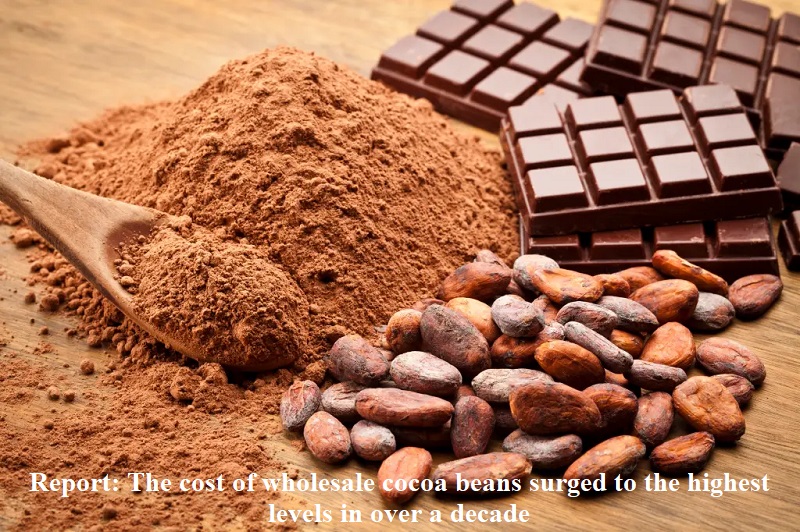
The recent decline in inflation has brought good news to consumers, but for chocolate enthusiasts, the situation in cocoa-producing countries may not be as delightful. Wholesale cocoa bean prices have surged to their highest levels in more than ten years in West Africa, the primary cocoa-producing region, where heavy rains and a devastating rot-causing disease have severely impacted cocoa production.
West Africa alone accounts for two-thirds of the global cocoa bean harvest, and this predicament has raised concerns for chocolate manufacturers worldwide. They fear that product prices will continue to rise throughout 2024. Companies like Lindt and Hershey’s have been honest with consumers, warning them about unavoidable price hikes.
Adding to the worries is the looming threat of an El Niño effect, which can lead to irregular weather patterns and further impact cocoa output this year. Despite a temporary slowdown in global chocolate demand during the pandemic, consumption is now rebounding, and the two years of supply shortages have significantly depleted cocoa stockpiles.
To protect against higher prices and potential shortages, companies like Lindt are stockpiling cocoa beans as a precautionary measure. However, it remains uncertain whether these measures will be enough to offset the crisis.
The soaring wholesale costs are expected to eventually impact consumers, with experts predicting that the pinch will be felt in the second half of 2023. Unfortunately, the days of larger chocolate bars at affordable prices might become a thing of the past, as manufacturers may resort to downsizing products or raising prices.
This impending cocoa crisis serves as a stark reminder that even the sweetest indulgence is not immune to the bitter realities of supply and demand dynamics. Chocolate lovers worldwide may have to brace themselves for the potential challenges ahead.

Post Your Comments